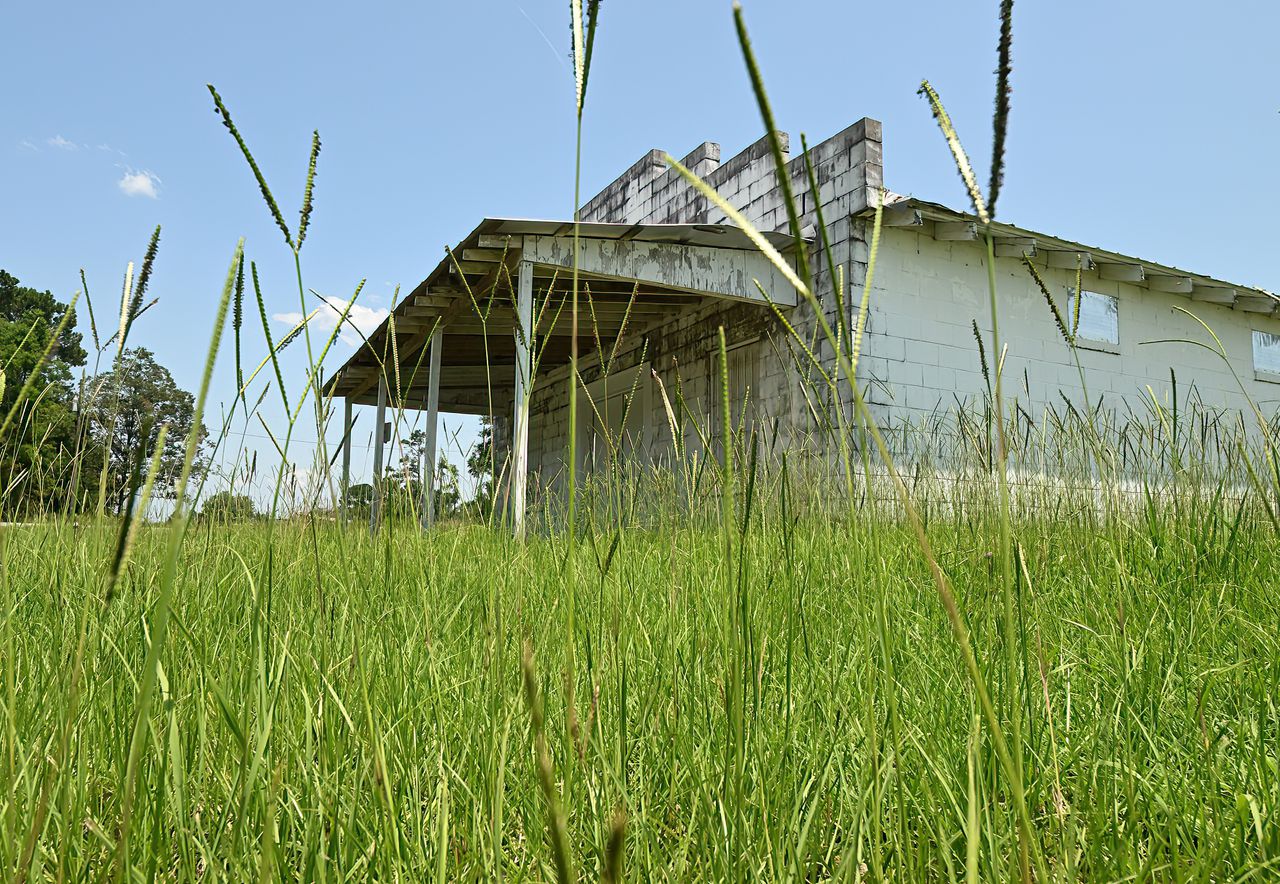6 takeaways as Wisconsin sends toxic waste to Alabama as part of âresponsibleâ cleanup
1. Alabama is still the nation’s dumping ground
For decades, Alabama positioned itself as a dumping ground for toxic waste, sewage and trash from across the country. Some of the state’s landfills operate with limited oversight. A landfill fire north of Birmingham, in Moody, has been burning on and off for the last year after catching fire. It was considered a green waste, or vegetative landfill, but unauthorized materials were dumped there.
Emelle, Alabama, hosts one of the nation’s largest hazardous waste landfills. One active landfill trench at the site is large enough to hold 1 ½ times as much waste as could fit inside the Great Pyramid of Giza. Nearly two dozen more trenches are filled and closed. The facility receives many types of hazardous and toxic waste regulated by federal and state officials: asbestos, cyanides and polychlorinated biphenyls, or PCBs, to name just a few. All of it arrives by truck, usually semitrailers — about 50 a day.
An overgrown field is seen on July 25, 2023, in tiny Emelle, Ala., home to Chemical Waste Management’s massive hazardous waste facility. Emelle is in Black-majority Sumter County, where about half of residents are unemployed. (Joe Songer for AL.com)Joe Songer
2. Environmental justice concerns
Emelle sits in the Alabama Black Belt, a string of rural counties historically known for fertile and dark soil, America’s Cotton Kingdom and the slave trade. Remnants of that legacy still show today. Sumter County is home to 12,345 residents, about 70% of whom are Black and nearly a third of whom live in poverty. More than half are unemployed.
Race is a strong predictor of the locations of hazardous waste landfills nationwide. A 2007 study found people of color made up 56% of the population in neighborhoods near the nation’s hazardous waste landfills, and the figure jumped to 69% when analyzing clusters of two or more facilities.

Local residents speak about living close to CWM Emelle, one of the largest hazardous waste disposal facilities in the world. James Watkins (left) and Jimmie Williams talk about living next to the Emelle hazardous waster site. (Joe Songer for al.com).Joe Songer
3. No easy answers
As public alarm about PFAS grows, many states are grappling with the chemicals, which are found in a bevy of consumer products like non-stick pans, food wrappers and raincoats. But it turns out there are no easy answers for dealing with “forever chemicals” called PFAS: a family of 12,000 human-made compounds that don’t readily break down in nature.
Modern hazardous waste landfills are designed to last for centuries, with double liners, leak detectors and collection and treatment systems for leaching waste. Yet the EPA acknowledges that all landfills represent a potential contamination source after they close. “Even the best landfills at this stage,” said Professor Rainer Lohmann, who directs the University of Rhode Island’s STEEP lab, which researches PFAS’ effects on health and the environment. “they will start failing.”
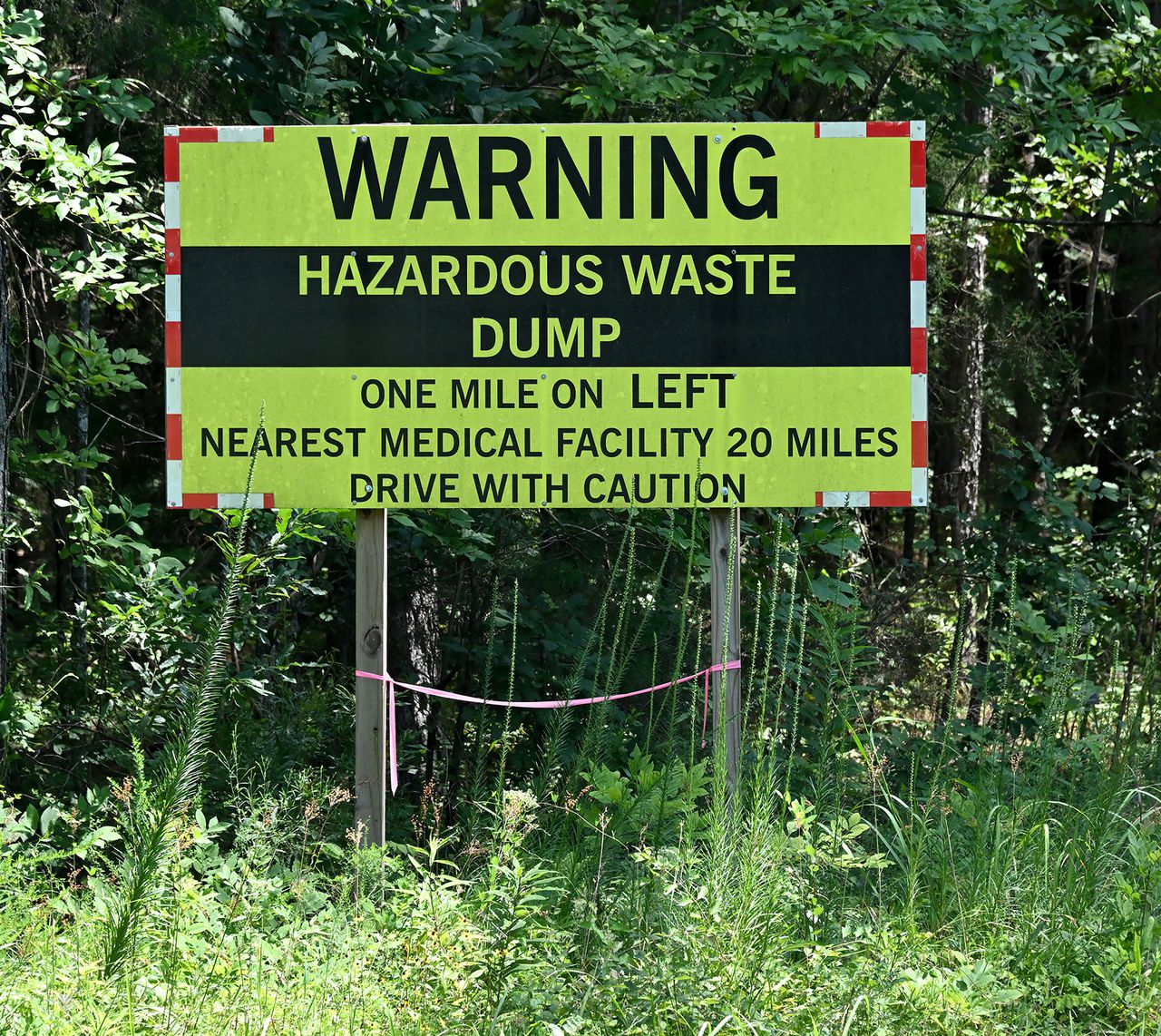
A warning sign is shown near the entrance of Chemical Waste Management’s hazardous waste landfill in Emelle, Ala., on July 25, 2023. The landfill, one of the largest of its kind in the country, sparked opposition from its birth, but officials have welcomed the jobs and revenue it brings. (Joe Songer for AL.com)Joe Songer
4. Blue states want it gone
In 2022, the EPA released health advisories, suggesting virtually no amount of several PFAS is safe for consumption. States, cities and the federal government are working at varying speeds to respond, restrict and clean up PFAS in the environment. In Wisconsin, a birthplace of environmentalism, experts weighed the most socially and environmentally responsible solutions for cleaning up PFAS and sent more than 38,500 gallons of PFAS-containing firefighting foam to Emelle, Alabama.
“We really felt like, at that time, using the hazardous waste landfill was the safest option available,” said Mimi Johnson, director of the Office of Emerging Contaminants at the Wisconsin Department of Natural Resources. “There are not many in the country, and in particular, that will take PFAS, knowingly.”
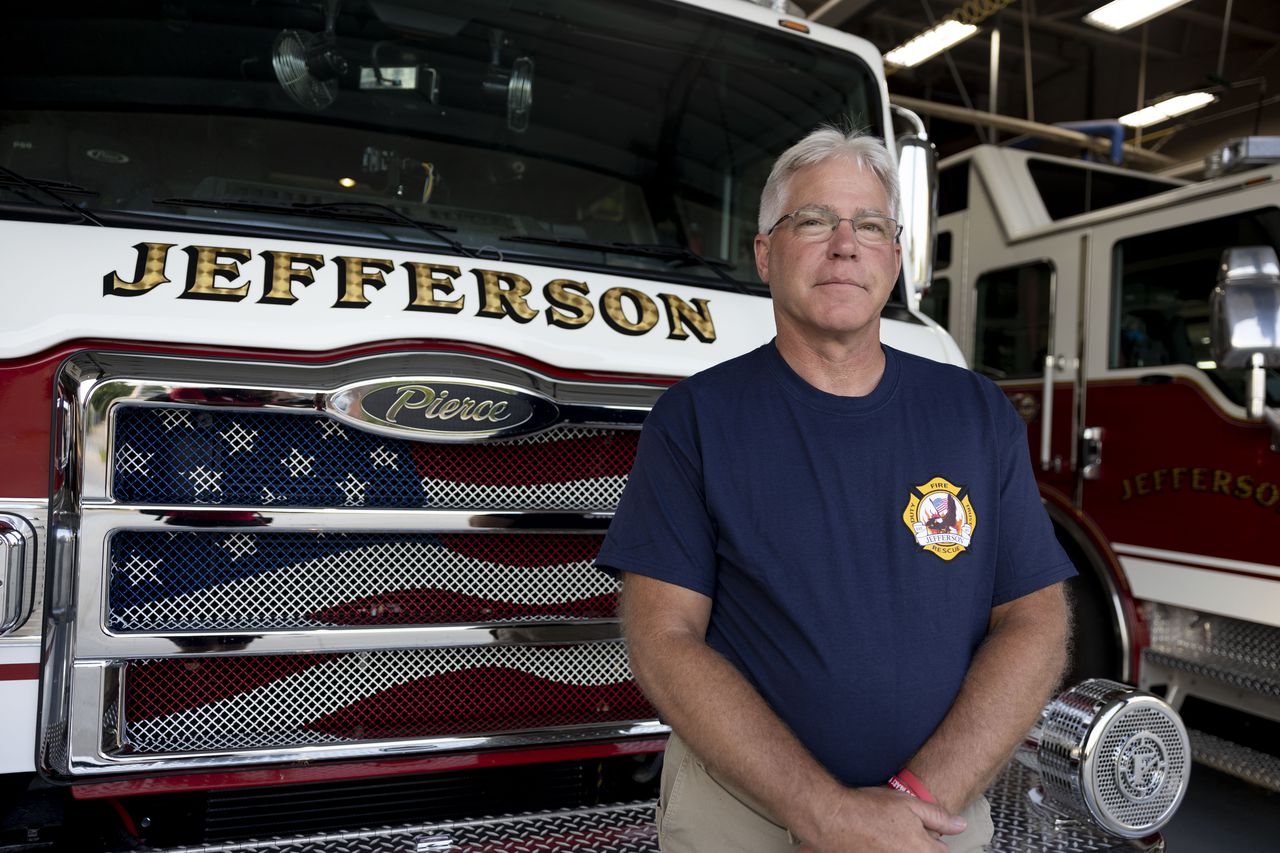
Jefferson Fire Chief Ron Wegner is photographed at the Jefferson Fire Department on Aug. 28, 2023, in Jefferson, Wis. The fire department is participating in a statewide project to collect PFAS-laden firefighting foam and send it more than 700 miles to Emelle, Ala., home of one of the country’s largest hazardous waste landfills. (Drake White-Bergey / Wisconsin Watch)
5. Residents accustomed to life near landfill
A historical marker in Emelle touts the town while acknowledging residents’ unsuccessful bid to shutter the facility in the 1980′s. For many here, the landfill remains as a fact of life.
“I don’t think it’s fair for you to take your waste and ship it to an almost all-Black county,” said Dorothy Oliver about Wisconsin’s plan to ship PFAS to Emelle. Oliver lives in Panola, about 17 miles from Emelle. Residents who live near the landfill say they worry about it being there but don’t have a lot of information about it. Others say they aren’t worried about it or they aren’t aware that it exists.
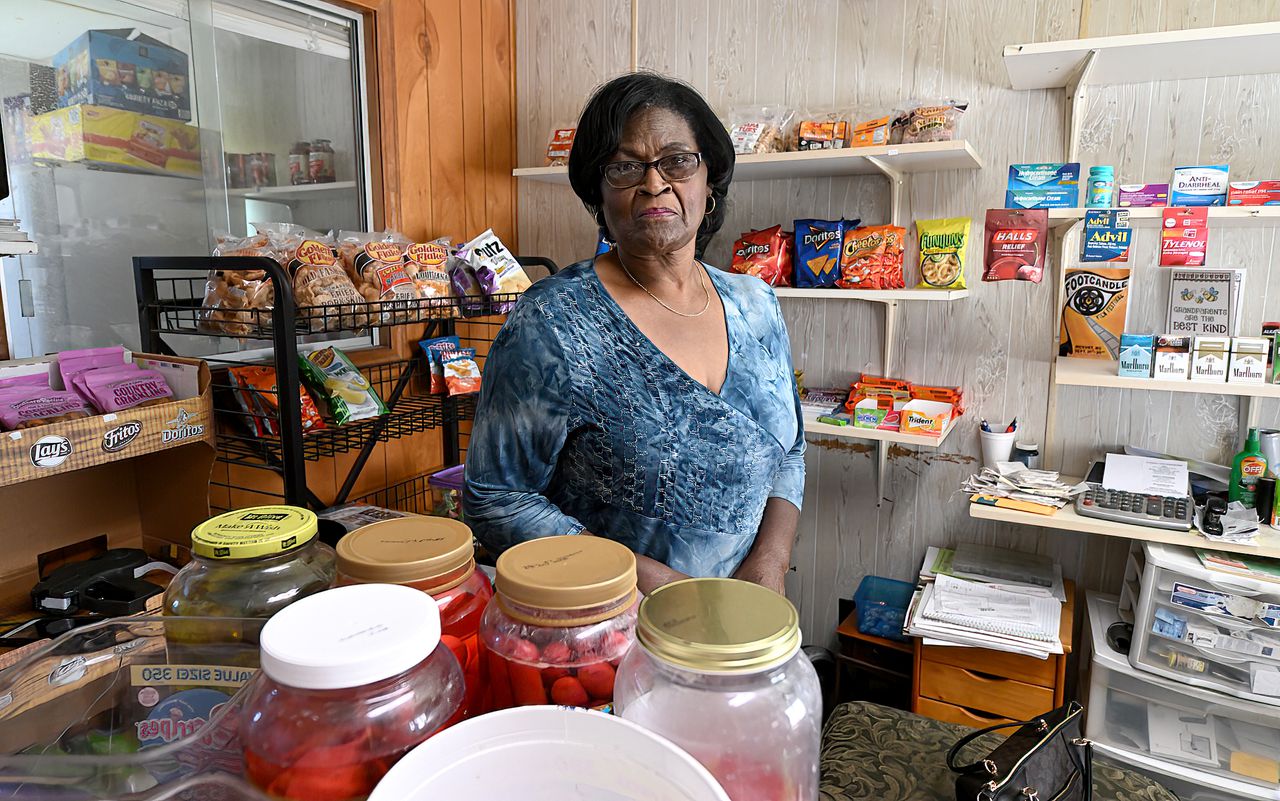
“I don’t think it’s fair for you to take your waste and ship it to an almost all-Black county,” Dorothy Oliver says about Wisconsin sending PFAS-containing firefighting foam to Chemical Waste Management’s hazardous waste landfill in Sumter County, Ala. Oliver is shown on July 25, 2023, in the convenience store she runs out of a mobile home in Panola, about 12 miles north of the landfill. Neighbors frequently seek Oliver’s help when trees fall or roads need fixing. (Joe Songer for AL.com)Joe Songer
6. Owner of landfill says it is well maintained. There have been some issues.
Chemical Waste Management calls the 600 feet of “Selma Chalk” limestone atop which the Emelle landfill sits virtually “impermeable,” allowing water to penetrate at a rate of approximately 1.2 inches per year. If there were any problems at the facility, the company argues, it would take millennia for spills to reach the aquifers below.
Emelle’s operators tout the landfill’s robust system of protections, but it’s not perfect. Recent facility inspections by the Alabama Department of Environmental Management have documented multiple violations over the years. More than two dozen containers of hazardous waste were found rusting or damaged and 16 more were leaking, according to an April report.
Landfill management disputed many of the regulators’ findings — no containers were damaged or leaking, they said, and spots inspectors thought were spills were actually stain residue. Other violations were corrected and the landfill agreed to pay $32,680 in fines.
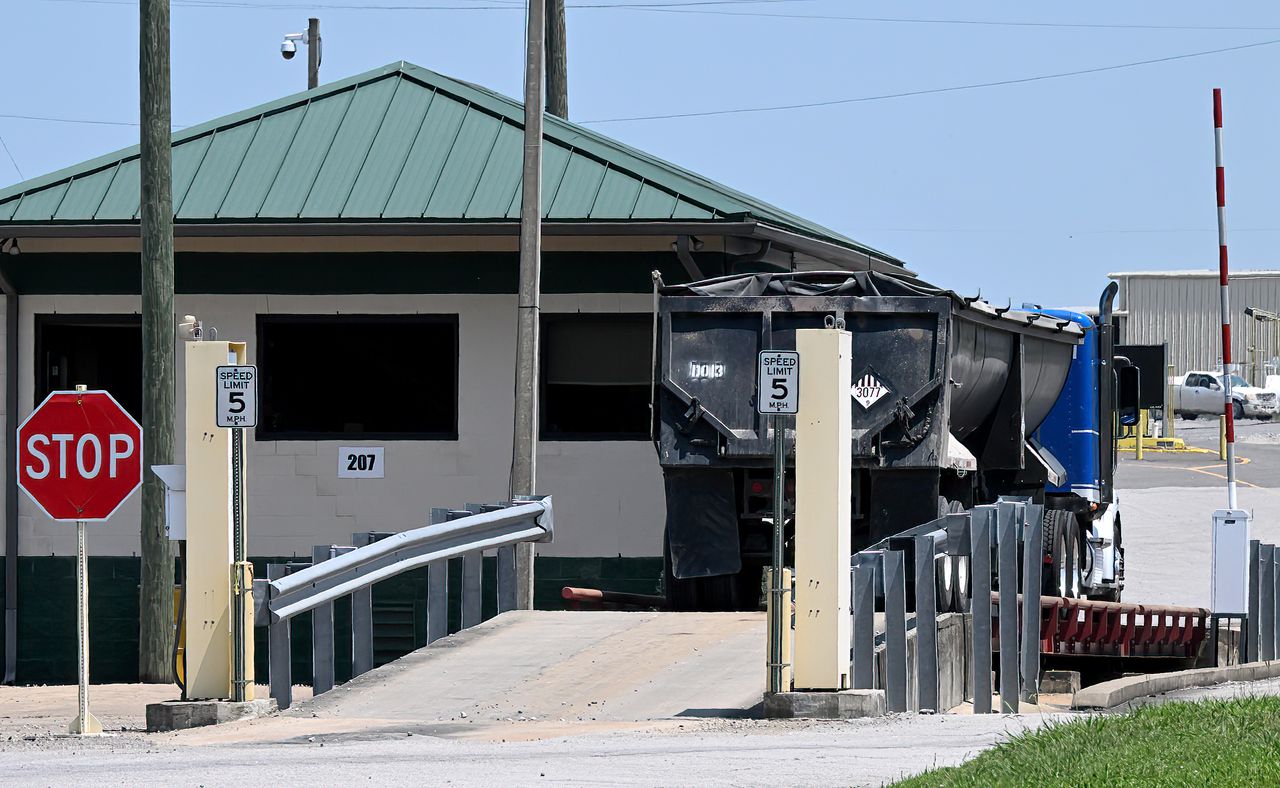
A loaded truck arrives at the gate of Chemical Waste Management’s hazardous waste landfill in Emelle, Ala., on July 25, 2023. The facility receives “virtually every type” of hazardous and toxic waste regulated by federal and state officials. All of it arrives by truck. Drivers sign in at a guard house, then pass through the main gate before laboratory staff verify the contents of waste and determine how to manage it. (Joe Songer for AL.com)Joe Songer
7. Expect more waste to come
The cleanup and collection of PFAS is only now expanding, etc, anticipated federal guidelines, will have to go to the few hazardous waste landfills out there.
PFAS waste has been and will continue to be a major issue in Alabama and other states for the foreseeable future. The EPA is likely to enact further restrictions on the storage, use and disposal of PFAS materials, so many businesses and states will have thousands of gallons of waste that requires sophisticated disposal.
Some of those states and corporations may look to get rid of that waste by sending it to Emelle.
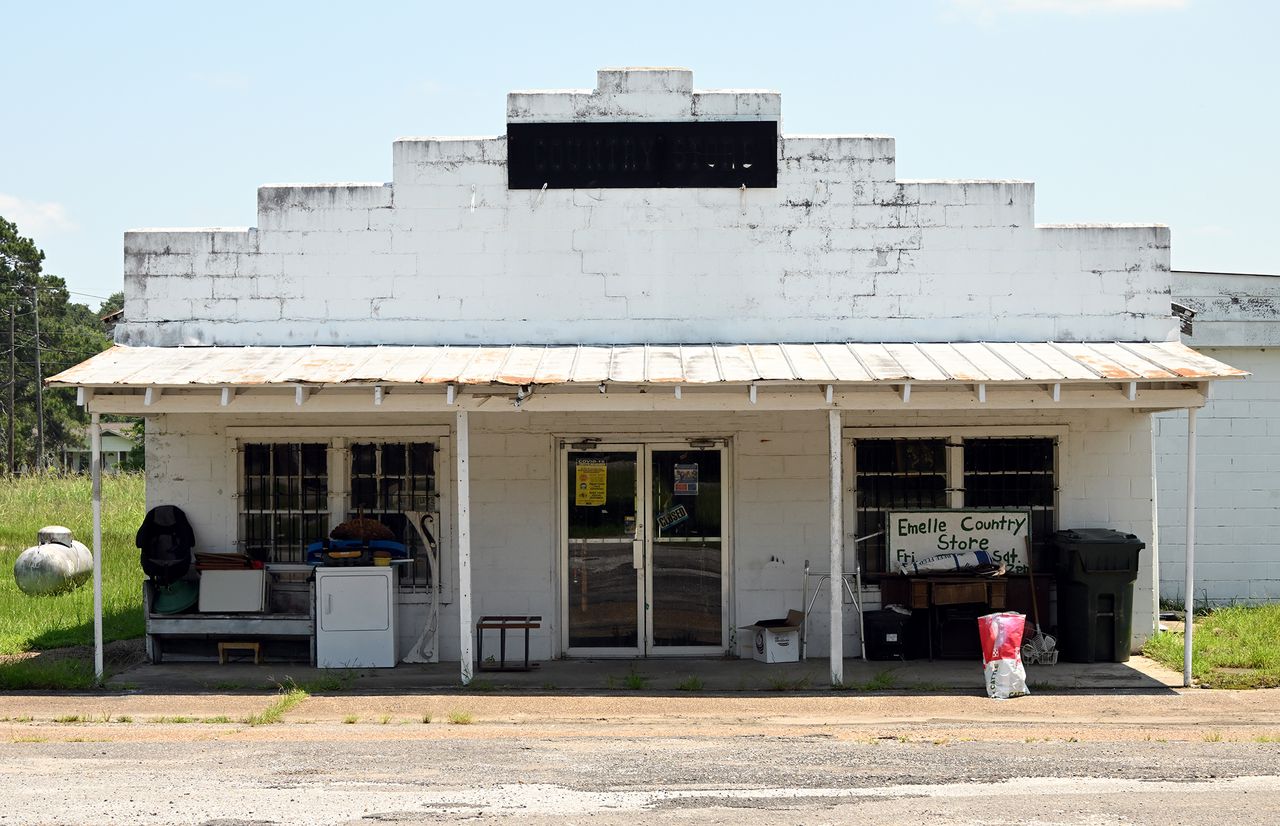
A country store is shown in tiny Emelle, Ala., home to one of the largest hazardous waste landfills in the country. The Chemical Waste Management landfill brings jobs and tax revenue to the town’s mostly low-income residents, but detractors believe developers targeted a community that lacked the power to object to environmental risks. (Joe Songer for AL.com)Joe Songer
